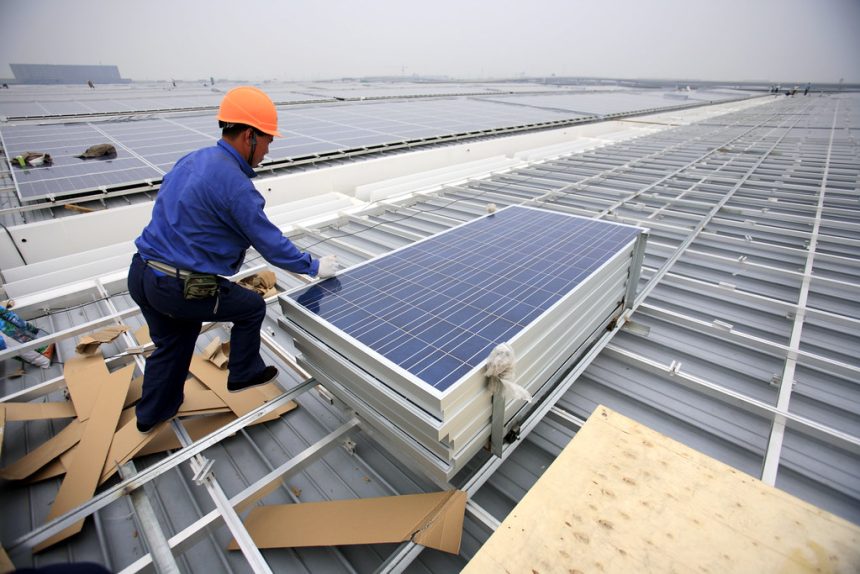What the Pledge Is
- In a major announcement at a U.N. climate summit, Chinese President Xi Jinping committed China to cut its greenhouse gas emissions by 7–10 percent from their peak level by 2035.
- Additionally, China aims to expand its wind and solar capacity to six times the 2020 level, and to increase the share of non-fossil energy in its overall energy use to over 30 percent.
- Xi also framed the move in rhetorical contrast to countries that he said are retreating from climate commitments, implicitly targeting the U.S. under the Trump administration.
This marks the first time China has pledged an actual emissions cut rather than merely saying emissions will “peak” or slow.
Why It’s Significant
- China’s outsized role: As the world’s largest carbon emitter, China’s climate policies have global consequences. Its decision to pledge a cut is seen as vital to keeping the 1.5 °C Paris goal alive.
- From peaking to cutting: Prior to this, China’s climate goals focused on “peak emissions by 2030” without promising absolute declines. The new commitment signals a shift into active mitigation.
- Symbolic leadership: With the U.S. stepping back from climate leadership in recent years, China’s move may be intended to occupy a more visible role on the international stage.
Criticisms & Caveats
- “Too timid” according to experts: Many analysts argue that a 7–10 percent cut is lower than what is scientifically needed. The target is seen as conservative—especially given China’s technological capacity and past overperformance.
- No clear peak date stated: The pledge doesn’t explicitly confirm when emissions will peak, allowing China some flexibility in how the cuts are timed.
- Coal still part of the mix: China continues to rely heavily on coal power, and its ongoing investment in coal infrastructure raises questions about whether it can deliver the promised cuts.
- Implementation challenges: Translating the pledge into concrete policies, enforcement, and accountability across China’s provinces and industries will be a huge task.
What Comes Next
- China will likely translate this pledge into more detailed sectoral targets (power, industry, transport, etc.) and regulatory measures.
- International observers and governments (especially the EU, vulnerable nations, and climate NGOs) will press China to raise its ambition further.
- The pledge will be central to context at COP30, where China’s actions will be closely scrutinized.
- How China balances economic growth, energy security, local coal dependence, and the new climate targets will test the tension between development and decarbonisation.











